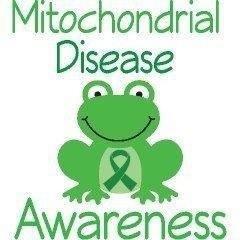Mitochondria are responsible for generating about 90% of cellular energy, and, when they fail, mitochondrial disease (mito) develops. Mito is a chronic genetic disease, but can also be impacted by a patient’s environment. It is most often found in children, but can be diagnosed at any age.
Because of the widespread function of mitochondria, the symptoms of mito can drastically vary from patient to patient. But the parts of the body that require the most energy to operate, including the heart, brain, muscles, and lungs are most commonly affected by mito. Patients may present with neurological issues, gastrointestinal problems, difficulty swallowing, delayed development, failure to thrive, fevers of unknown origin, muscle weakness, immunodeficiency, bone marrow failure, chronic pain, and many other symptoms.
Generally if a patient has more than 3 bodily systems affected by illness, it is advised to consider mito as a possible diagnosis. However due to the complexity of the illness, it is highly challenging to diagnose. Sometimes patients can find a confirmed diagnosis through genetic testing and muscle biopsies, but many patients are diagnosed on a clinical basis. There are so many mutations that have yet to be discovered, but fortunately genetic testing is progressing by leaps and bounds.
There is not a known cure for mitochondrial disease. But doctors can treat the symptoms and disorders that affect each individual patient with a goal of improving quality of life and slowing the progression of disease. Often times mito patients have low levels of CoQ-10 and L-Carnitine, so supplementation can be beneficial.
You can find links to more information about mito on my “resources” page.








One Response to What is Mito?